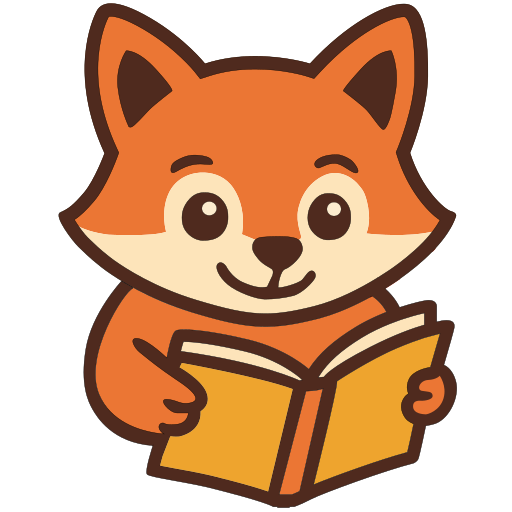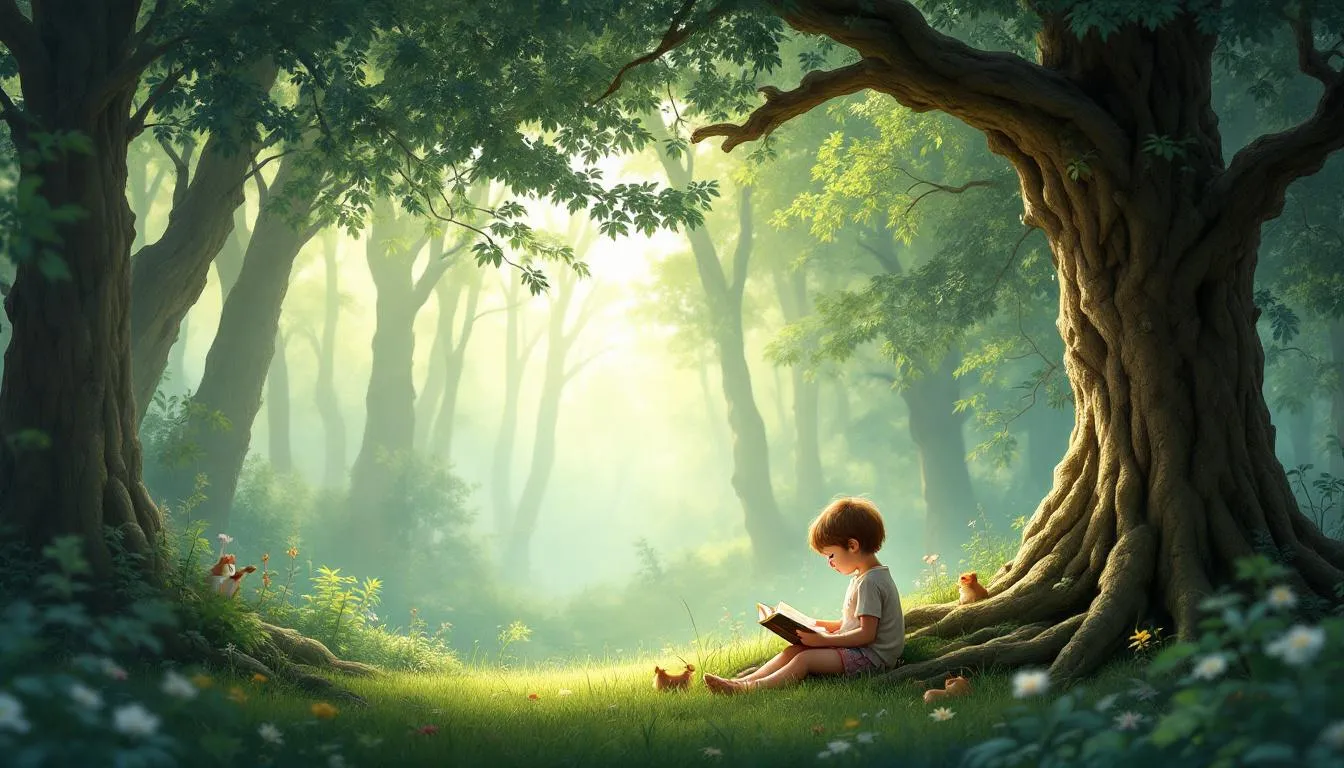Quick Answer
Creating a children’s book series on cultural festivals involves delving into the world of diverse traditions and celebrations. It requires thorough research, creative storytelling, and savvy marketing to ensure your series resonates with young readers and their families. By exploring festivals like Diwali or the Mid-Autumn Festival, you can craft stories that entertain and educate.
To create a successful series, you need to understand cultural nuances, develop engaging narratives, and effectively market your work. Cultural representation enriches young minds, fostering understanding and appreciation of the world’s many vibrant cultures.
Table of Contents
What Is the Importance of Cultural Representation in Children’s Books?
Children’s literature should reflect the rich tapestry of cultures and traditions from around the globe. It’s both a window to the world beyond a child’s immediate surroundings and a mirror reflecting their own experiences. Seeing themselves and others in the stories they read broadens their understanding of humanity’s diversity.
Benefits of Cultural Diversity in Literature
- Broadened Perspectives: Books featuring diverse cultures allow children to view the world through different lenses. A story about the Lunar New Year can transport a child from suburban America to a vibrant street parade in Beijing, with firecrackers, dragon dances, and red lanterns swaying in the breeze.
- Increased Engagement: Diverse stories captivate young readers, sparking curiosity and encouraging them to learn more about their own culture and those of others. I remember reading a book about Holi, the Festival of Colors, and being fascinated by a celebration where everyone throws powdered colors at each other.
Impact on Children’s Understanding and Empathy
- Fostering Empathy: Reading about characters from different cultural backgrounds helps children develop empathy and understanding. They appreciate differences and recognize commonalities, fostering a sense of connectedness.
- Building Tolerance: Exposure to varied cultural narratives from an early age reduces prejudices, making children more open-minded. A story about Ramadan might teach them about fasting’s spiritual significance, promoting respect for traditions different from their own.
In crafting a children’s book series on cultural festivals, selecting the right festivals and authentically portraying them is crucial.
How to Research and Select a Cultural Festival?
Exploring cultural festivals is like opening a treasure chest of vibrant stories waiting to be told. Before sharing these tales with young readers, you need to embark on a research adventure.
Steps to Researching Cultural Festivals
- Start with Curiosity: Explore festivals that intrigue you personally, as this passion will fuel your research and writing. My fascination with Diwali lights led me to learn about the festival’s rich history and significance.
- Dive into Reliable Sources: Seek books, documentaries, and reputable websites for in-depth overviews of festivals. Libraries and cultural museums can be invaluable resources. For foundational literacy, resources like Starfall for early reading can also provide context on how children learn and engage with stories.
- Engage with Cultural Communities: Attend local cultural events or festivals to experience them firsthand. Conversations with community members offer insights not found in books.
Criteria for Selecting a Festival Theme
- Cultural Significance: Choose festivals with deep meaning and relevance for the community. Festivals like the Mid-Autumn Festival, celebrated across several Asian cultures, offer rich storytelling opportunities.
- Accessibility for Young Readers: Focus on festivals with elements appealing to children, such as unique foods, vibrant parades, or interesting customs.
- Potential for Storytelling: Select festivals that naturally lend themselves to engaging narratives, whether through historical tales, mythical legends, or personal stories.
Case Study: Mid-Autumn Festival
The Mid-Autumn Festival, celebrated in China, Vietnam, and other parts of Asia, is a perfect example. It revolves around the harvest moon, featuring captivating legends like that of Chang’e, the moon goddess. The tradition of mooncakes and lanterns provides colorful elements for a children’s book. By weaving these into a narrative, children can be entertained and educated about this beautiful celebration.
Crafting stories from these festivals requires creativity and precision, ensuring each character and plot line resonates with the cultural theme.
How to Develop Engaging Storylines and Characters?
The heart of your children’s book series lies in developing engaging storylines and characters that captivate young readers and transport them into the vibrant world of each festival. For innovative storytelling, consider tools like KidTeller, which creates a personalized storybook where your child is the hero. Just upload a photo, and we’ll generate a custom book filled with adventures made especially for your toddler or young child – magical, memorable, and uniquely theirs.
Crafting Relatable Characters
- Universal Traits: Characters should possess qualities that are universally relatable, such as curiosity, kindness, or bravery. Think of a child eager to learn about different festivals, like a young explorer uncovering new worlds.
- Cultural Authenticity: While relatability is key, characters should also reflect cultural authenticity. This could mean incorporating traditional clothing, language phrases, or unique customs. A character celebrating Diwali might wear a traditional kurta or sari, adding cultural depth.
- Personal Growth: Characters should experience growth, learning about themselves and others through the festival’s themes. Picture a child learning patience during Ramadan or understanding community through a Japanese Obon festival.
Integrating Cultural Elements into Plots
- Story as a Journey: Use the festival as a backdrop for a character’s journey, whether physical, like a trip to a bustling festival market, or emotional, like understanding a family tradition’s significance.
- Myth and Legend: Utilize myths or legends associated with the festival to enrich your plot. Imagine a story where a child meets mythical creatures during the Mid-Autumn Festival, learning about the moon goddess Chang’e.
- Interactive Elements: Incorporate activities integral to the festival, like making mooncakes or crafting lanterns, to make the story interactive and immersive.
Balancing Education and Entertainment
- Engaging Narratives: Keep the story fun and engaging while subtly weaving in educational elements. A story about Holi can be an adventure in color while also teaching the festival’s historical background.
- Humor and Fun: Use humor to entertain young readers. A playful character caught in a Holi color fight or a mischievous mooncake-loving creature can add delightful twists.
- Subtle Learning: Ensure educational elements are seamlessly woven into the narrative, allowing children to learn without realizing it as they become absorbed in the story. For comprehensive learning across various subjects, the Khan Academy Kids app is an excellent resource for young children.
Creating such a series involves overcoming challenges, especially in accurately and respectfully portraying cultural themes.
What Are the Challenges in Creating a Culturally Inspired Series?
Creating a children’s book series inspired by cultural festivals is exciting but comes with challenges. One common pitfall is the risk of oversimplifying or stereotyping cultures. It’s easy to fall into clichés or reduce complex traditions to a few well-known symbols, like assuming all Mexican festivals revolve around sombreros and maracas. Avoid this by diving deep into cultural nuances and ensuring your portrayal is rich and layered.
Navigating cultural sensitivities is crucial. Cultural appropriation or misrepresentation can occur if you’re not careful. I once considered writing about a festival I was unfamiliar with, only to realize I was missing key elements sacred to the community. It’s essential to approach each culture with respect and a genuine desire to understand, rather than just seeking to entertain.
Securing authentic representation is another challenge. Involving cultural consultants or co-authors from the community you’re writing about can provide invaluable insights. Imagine having a local guide who can point out hidden gems and stories outsiders might miss. This collaboration ensures the stories are accurate and resonate authentically with those who celebrate the festivals.
Crafting a culturally inspired series is a remarkable endeavor, requiring diligence, empathy, and a willingness to learn. As we explore the next stage, we’ll see how illustrations bring these vibrant festivals to life, adding depth and authenticity to your storytelling.
How to Illustrate Cultural Themes Effectively?
Imagine opening a children’s book and being drawn into a world where images burst with life and accurately depict cultural richness. This is the magic of effective illustration. Choosing the right illustrator is like finding the perfect dance partner; they must share your vision and bring their flair to the project. Collaborate with an artist who captures the vibrancy of festivals and respects and understands the culture they’re illustrating. For instance, when I worked on a book about Diwali, I chose an illustrator who experienced the festival firsthand. Their familiarity with the intricate patterns of rangoli and the warm glow of diyas brought authenticity to every page.
Visual storytelling techniques are key to capturing a child’s imagination. Illustrations should not just complement the text but tell their own story, inviting young readers to explore the details. Using a variety of perspectives, like close-ups of cultural artifacts or wide angles of festival scenes, can make the pages come alive. An illustrator who uses bold colors and dynamic compositions can mimic the energy of a carnival or the serenity of a moonlit festival night.
Ensuring cultural accuracy in illustrations is non-negotiable. This means paying attention to details like traditional clothing, symbols, and settings. One illustrator I worked with created a vivid scene of a Chinese New Year parade, complete with precise dragon designs and authentic attire. To achieve this, they consulted with cultural experts and attended local celebrations, ensuring every brushstroke was true to the festival’s spirit.
As we bring these vibrant stories to life through illustrations, the journey doesn’t end there. Next, we’ll delve into sharing these rich narratives with the world, ensuring our books find their way into the hands of eager young readers.
What Marketing Strategies Work Best for Children’s Books?
Marketing a children’s book series on cultural festivals is like organizing a festival itself—it requires creativity, strategic planning, and community engagement. Identifying your target audience is the first step. Knowing who will appreciate the rich cultural stories you’re telling is crucial. Typically, this includes parents, teachers, and libraries that value diversity and cultural education. I remember hosting a book reading at a local library where the children’s reactions were pure gold—they were fascinated by the stories and colorful illustrations. For general parenting advice and curated book lists, What to Expect parenting guides can be a valuable resource for reaching parents.
Social media and online platforms can be your best friends in reaching these audiences. Platforms like Instagram and Facebook allow you to share vibrant visuals, behind-the-scenes content, and engaging stories that capture the essence of the festivals. During a Diwali-themed book launch, we used Instagram to share DIY rangoli tutorials and story snippets, resonating with parents looking for educational content for their kids. For supplementary educational materials, Teachers Pay Teachers for educational printables offers a vast array of resources.
Building partnerships with cultural organizations can amplify your reach and lend authenticity to your work. Collaborating with cultural centers or participating in multicultural events provides opportunities to engage directly with communities and showcase your series. A partnership with a local Asian cultural center led to a fantastic Mid-Autumn Festival event where kids could experience the story’s magic firsthand, complete with mooncakes and lantern-making workshops. While promoting reading, remember that physical activity is also key; the Cosmic Kids Yoga for kids YouTube channel offers engaging content for children’s physical activity and mindfulness.
From understanding your audience to leveraging digital platforms and building community partnerships, these strategies can weave your book series into the fabric of cultural education and appreciation. As these efforts unfold, it’s essential to know how to gauge their effectiveness, ensuring your stories reach and resonate with the young readers they are meant for.
How to Measure the Success of Your Book Series?
Measuring the success of your children’s book series on cultural festivals is like checking the pulse of a vibrant community—it’s about understanding how your stories resonate and impact. Success can be gauged through a mix of quantitative and qualitative measures, and it starts with setting clear, measurable goals and Key Performance Indicators (KPIs). Think of it as plotting your course before embarking on a storytelling journey. Are you aiming for a certain number of book sales, or is your focus more on community engagement and reader feedback? By defining these goals, you set a clear path to follow.
Gathering feedback from your readers and communities is invaluable. Engaging directly with parents, teachers, and children provides insights that numbers alone can’t capture. I once hosted a reading session at a local school where the kids’ excitement and questions about the festivals highlighted aspects of the story that truly resonated with them. Their feedback offered a fresh perspective, prompting me to think about new storytelling avenues and themes.
Adapting your strategies based on performance is crucial. If certain festivals or stories are more popular, explore why they resonate and consider expanding on those themes in future books. Maybe a story about the Mid-Autumn Festival was a hit because of its captivating legends. Use these insights to refine your approach, ensuring each book brings something unique and enchanting to the table.
With these strategies in place, you can ensure your series not only entertains but also educates and connects with young readers. As you reflect on your journey and its outcomes, you can draw lessons and insights to guide future projects.
Key Takeaways
- Cultural diversity in children’s literature enriches young minds, promoting empathy and understanding.
- Research festivals by engaging with communities, attending events, and consulting reliable sources to ensure authenticity.
- Create engaging narratives with relatable characters and captivating plots that blend education with entertainment.
- Utilize effective marketing through social media, partnerships, and community events to reach a wider audience.
- Measure success by setting goals and gathering feedback to refine and expand your storytelling journey.
Embrace the vibrant world of cultural storytelling and let your creativity inspire the next generation of curious minds.







